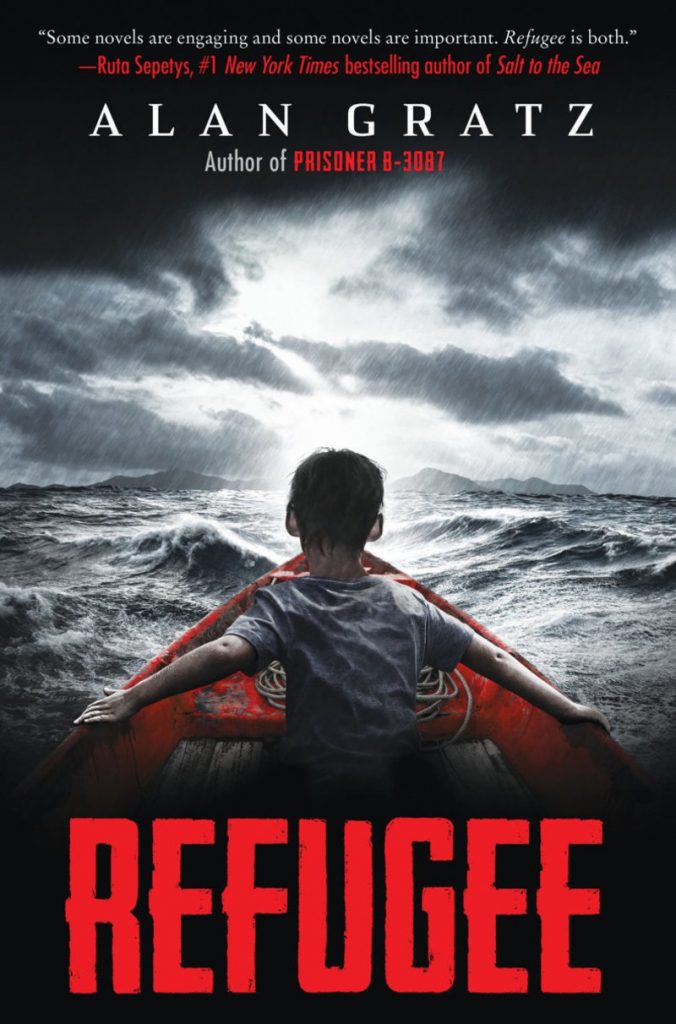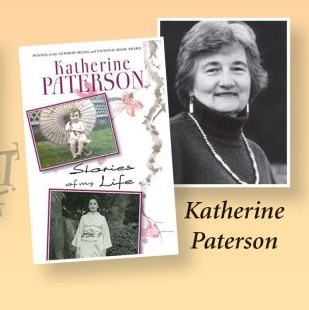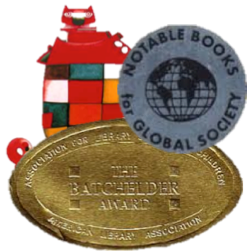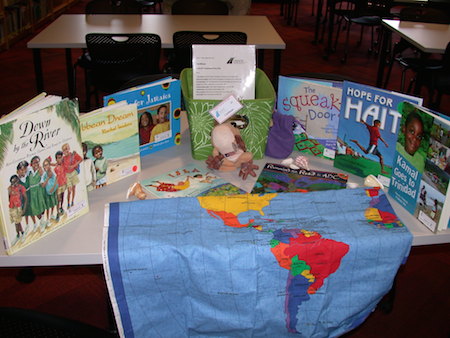by Kathy Short, The University of Arizona, Tucson, AZ
Our careful survey of global literature available for K-5 readers in the U.S. led us to concerns as well as possibilities. We searched for global literature that is currently in print and met our criteria for text complexity as well as usefulness within the school curriculum. This survey raised several concerns as well as provided possibilities for engagements with readers, especially around paired books.


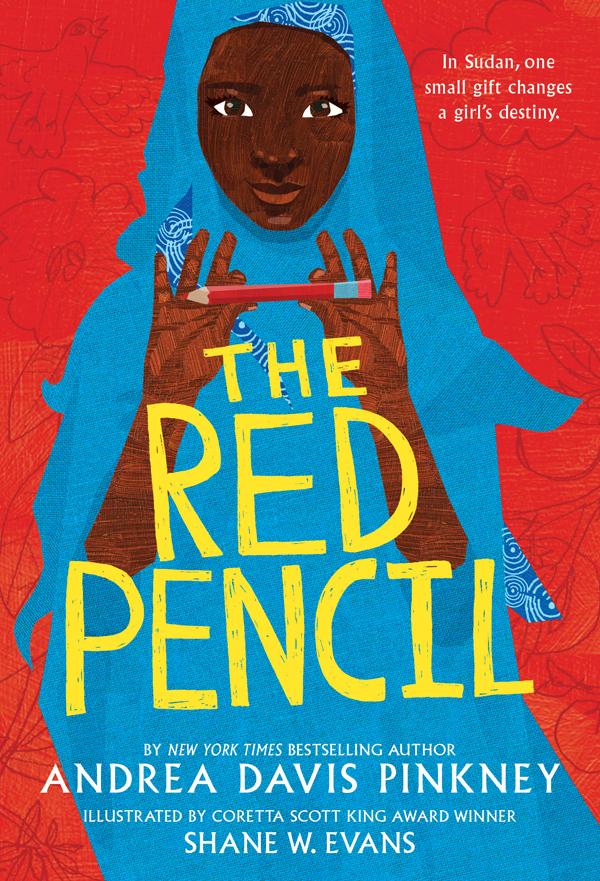
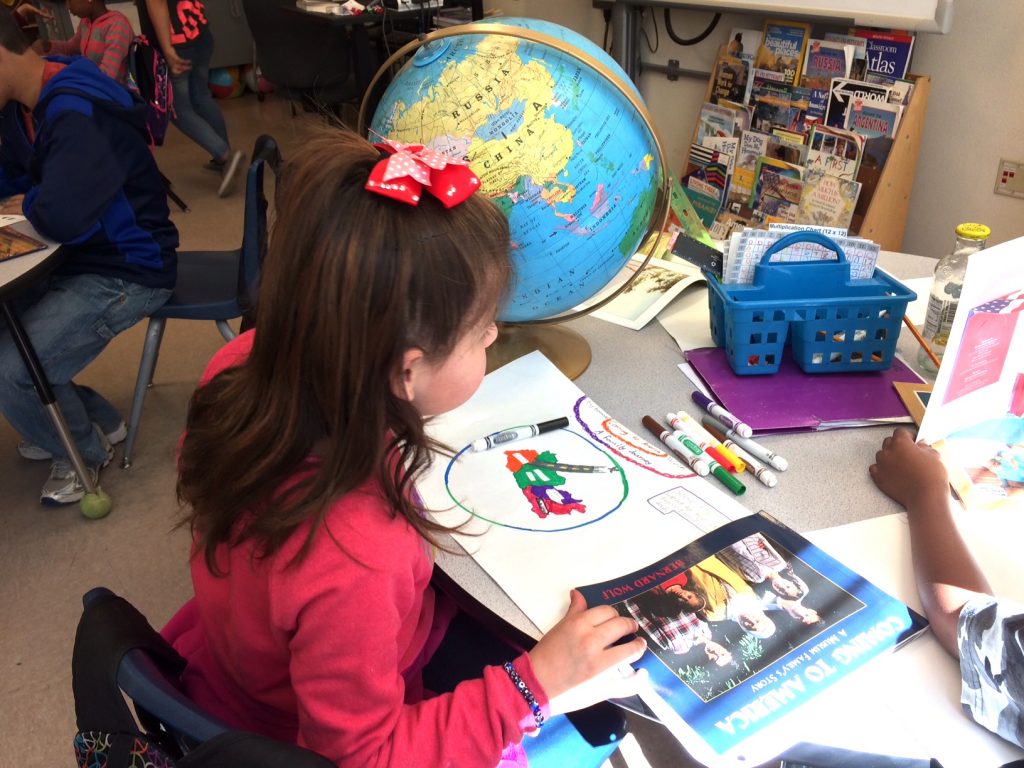
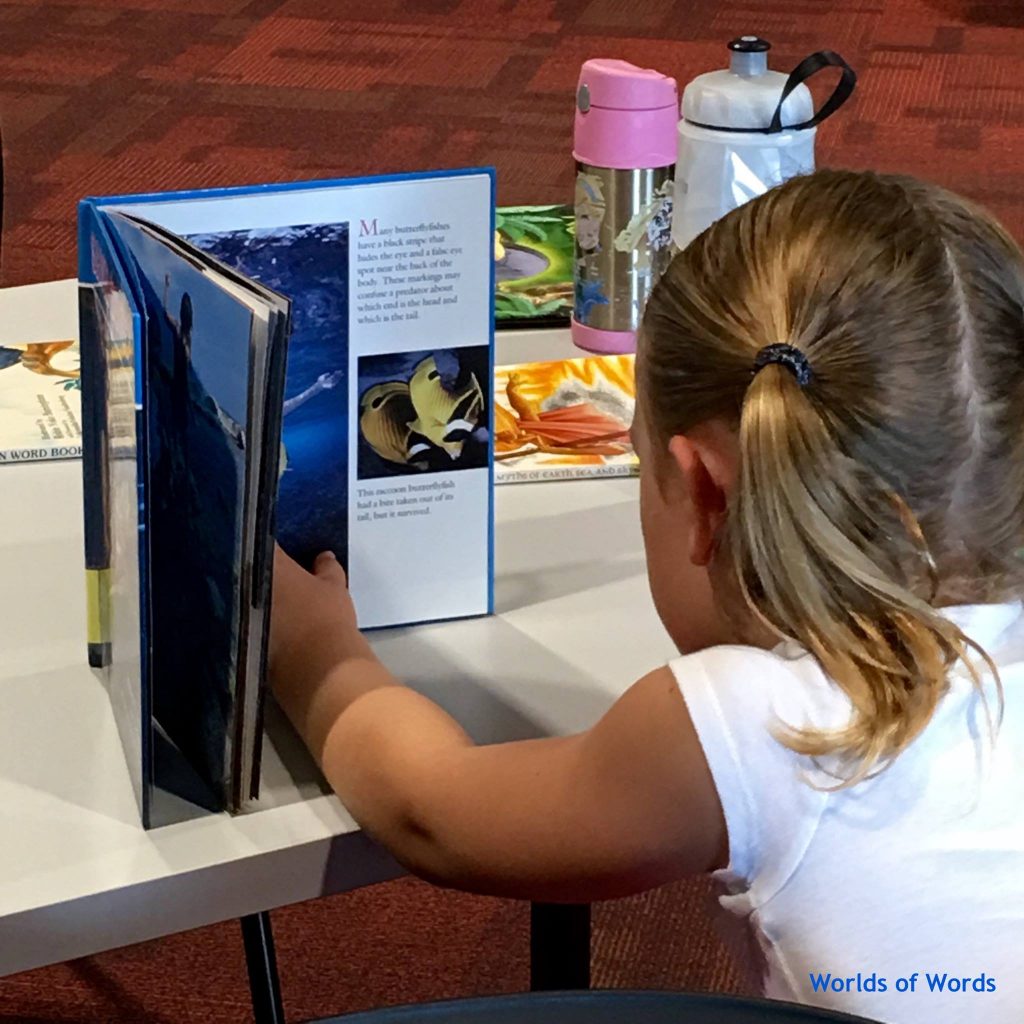

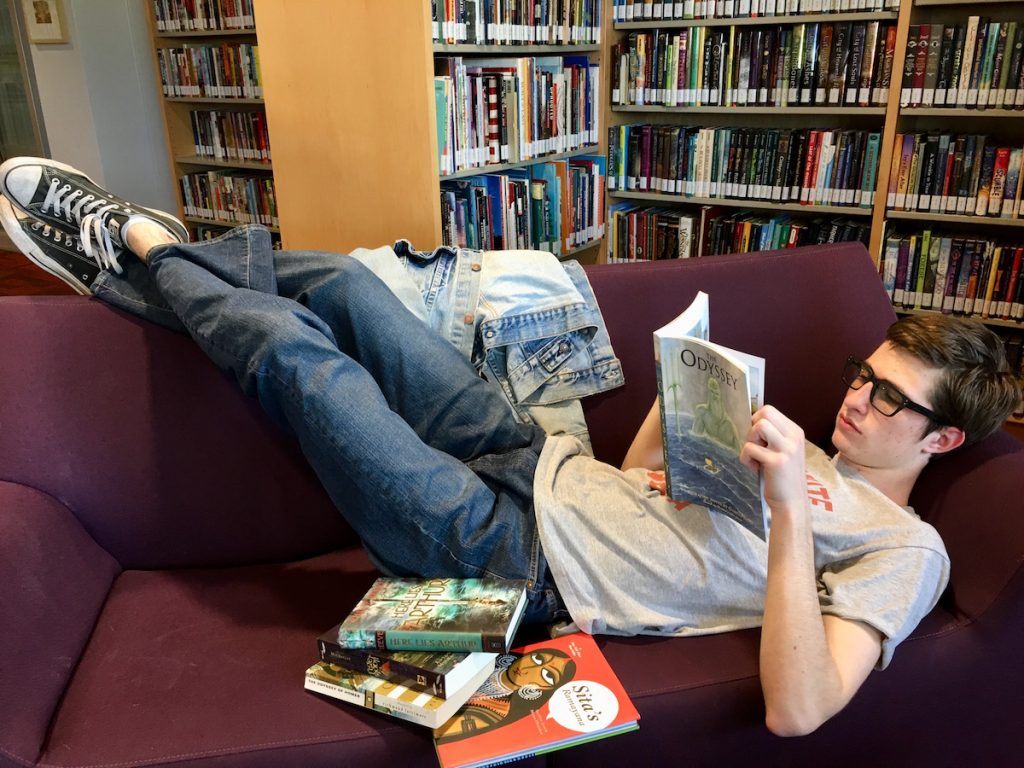
 Kathy G. Short presents Reading Globally at the
Kathy G. Short presents Reading Globally at the 
